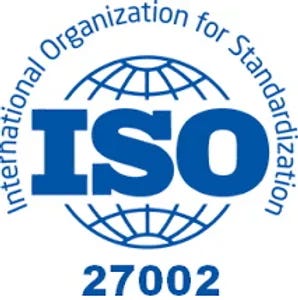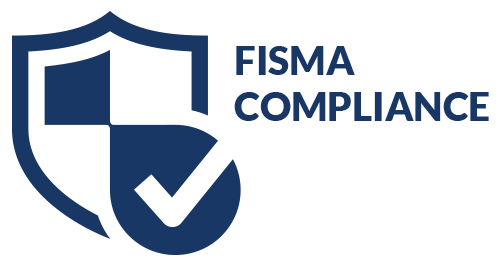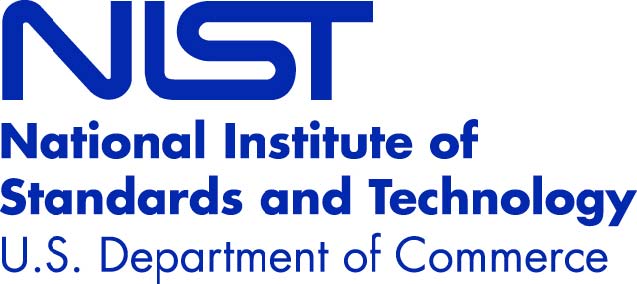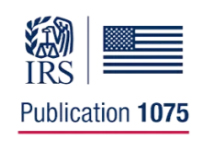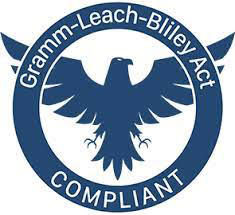Healthcare debt collection is one of the most delicate of processes. Hospitals, medical practices, and ancillary service providers must tread lightly to maintain the doctor-patient relationship they’ve worked so hard to build. At the same time, most healthcare revenue cycle metrics cannot sustain an extensive volume of past due accounts receivable customers for very long.
Patient healthcare costs, including out-of-pocket maximums and deductibles, have increased 30% over the past four years. This puts hospitals in a difficult position of having to collect more of their patients’ hard-earned income while still trying to maintain the doctor-patient relationship. Here are some of the troubling statistics from healthcare debt collection, and how TSI can help improve the numbers.
The Troubling State of Healthcare Debt Collections – Four Stats
When was the last time you benchmarked your past due A/R? If you don’t measure it, you can’t manage it. We know that every financial metric in healthcare holds weight, but days in accounts receivable is one of the key metrics with an impact on cash flow. Obviously, the quicker the turnaround between patient discharge and payment, the better the cash flow.
This is heavily impacted, of course, by private and commercial payer reimbursement. But patient self-pay or out-of-pocket that is past due also affects A/R. High deductible insurance premiums have driven many hospitals days in A/R upward. 83% of small physician practices with less than five doctors say that the slow payment of high-deductible premiums is their biggest cash flow hurdle.
Healthcare debt collections are becoming more difficult thanks to burgeoning out-of-pocket costs having a negative impact on patients. Here are four statistics to consider:
- Today’s average deductible is nearly $2,000, and the average maximum out-of-pocket is nearly $4,500.
- 30% of the average healthcare bill now comes directly from the patient’s pocket.
- It costs healthcare providers four times more to pursue debt collections with patients than to receive reimbursement from a payer.
- 75 million Americans reported difficulties in being able to pay their medical bills back in 2012. Since then, that number keeps rising.
Healthcare providers are facing unprecedented challenges, from declining reimbursement to readmission penalties to the move toward value-based care. Adding to these challenges are the rising costs of delivering care and provider shortages coming at a time with the baby boomer population will strain our already-overburdened healthcare safety net. Healthcare providers simply do not have time to worry about past due A/R, which is where TSI can help.
Today’s Healthcare Providers Need TSI – Here’s Why
TSI is one of the nation’s largest healthcare debt collection partners. We offer early and late-stage debt collection, insurance follow-up, denials management, and extended office services. We are well equipped to help healthcare providers recover past due A/R – and we have nearly 50 years of experience to prove it.
TSI can work with your team to streamline revenue cycle management and past due debt collection. Our processes can actually help you reduce the cost and time to collect ratios while ultimately lessening past due A/R. We do this work in compliance with all federal and state regulatory requirements, and without jeopardizing your patient relationships.
Whether the organization is a multi-state integrated healthcare delivery system or a small independent practice, let TSI use our proven expertise to improve your bottom line. Learn more about healthcare debt collection.
